Affiliates note: As an Amazon Associate I earn from qualifying purchases. My content may contain affiliate links to products and services. If you click through and make a purchase, I'll receive a small commission. It does not affect the price you pay.
The Best Food Storage Supplies for Your Prepper Pantry
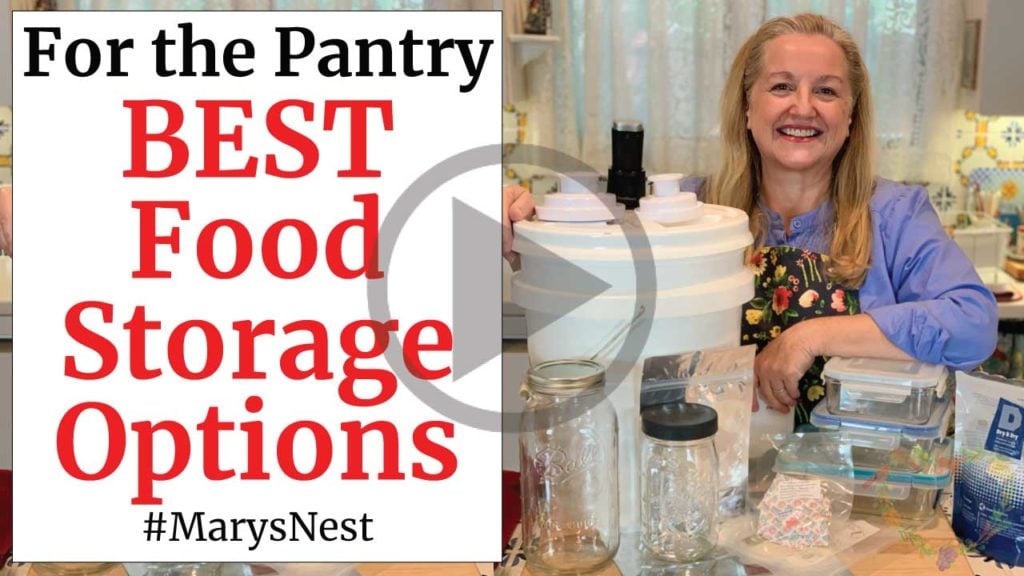
In today’s video, I show you the best food storage supplies to preserve food long-term in your Prepper Pantry. You’ll learn how to use:
- Food Safe Buckets
- Mylar Bags
- Glass, including canning jars and commercial containers
- Foodsavers, covering handheld and larger devices
- And More!
This is not a sponsored post. I purchased all of these products, and I use them in my Prepper Pantry.
National Preparedness Month
September is National Preparedness Month, and continuing with my Prepper Pantry video series, I’ll show you the best storage supplies for the foods that you purchase or make homemade for your Extended or Prepper Pantry.
As I have shared in the past, it is so important to put together a food storage plan and implement it little by little to stock your Prepper Pantry. When you have a plan and implement it slowly, you will build up your food supplies so that when an emergency strikes, you do not have to run out to the store in a panic. You will already have everything you need for you and your family.
As you make the investment to stock your Prepper Pantry, you want to make sure that you choose the right containers to protect your food and extend its shelf life as long as possible.
Oxygen Absorbers Versus Silica Gel Packs
Before we even start talking about food storage containers, you’ll want to learn about the difference between Oxygen Absorbers and Silica Gel Packets, since both of these supplies will play essential roles to preserve your food for the long term. I address when to use which one—and more importantly—when NOT to use one, especially when it comes to Oxygen Absorbers.
What Are the Best Food Storage Supplies?
Now that you know about Oxygen Absorbers and Silica Gel Packets, let’s discuss the types of food storage containers we can use with them.
When it comes to storing foodstuffs for the long-term in containers, how do you know which food storage supplies are the best ones to use? In my food storage supplies video, I review various types of food storage containers that you can use to store an assortment of dry goods.
5-Gallon Food-Grade Storage Buckets
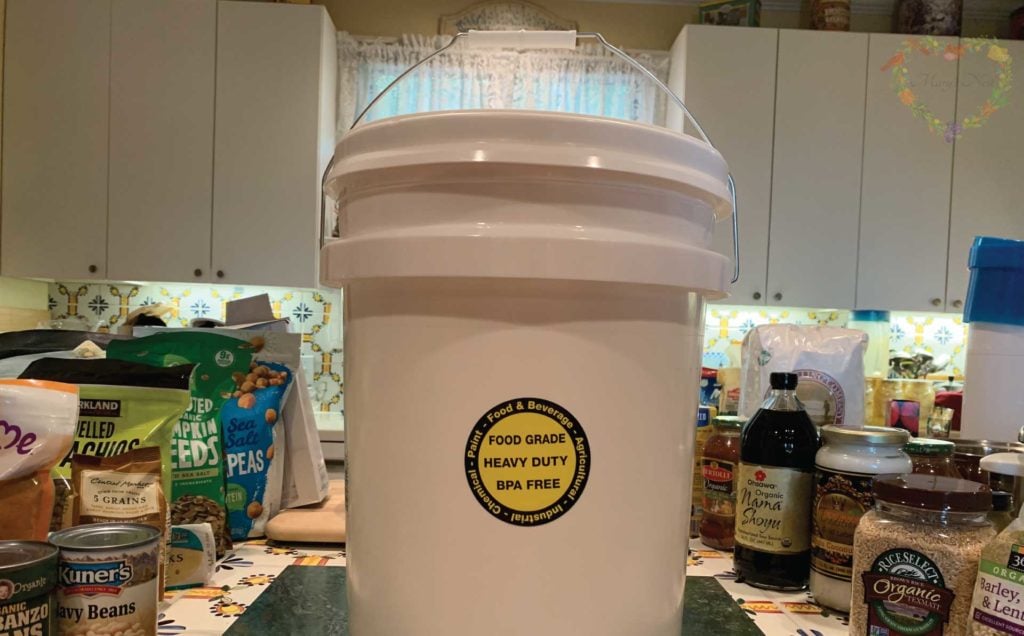
You can use 5-gallon food-grade buckets with air-tight lids to store large amounts of shelf-stable foods, including:
- Sugar
- Salt
- Flour (such as all-purpose flour or bread flour that has had the bran and germ removed)
- Whole grains
- Beans
- White rice
- And more
These foods can enjoy a long shelf life when stored properly in these buckets.
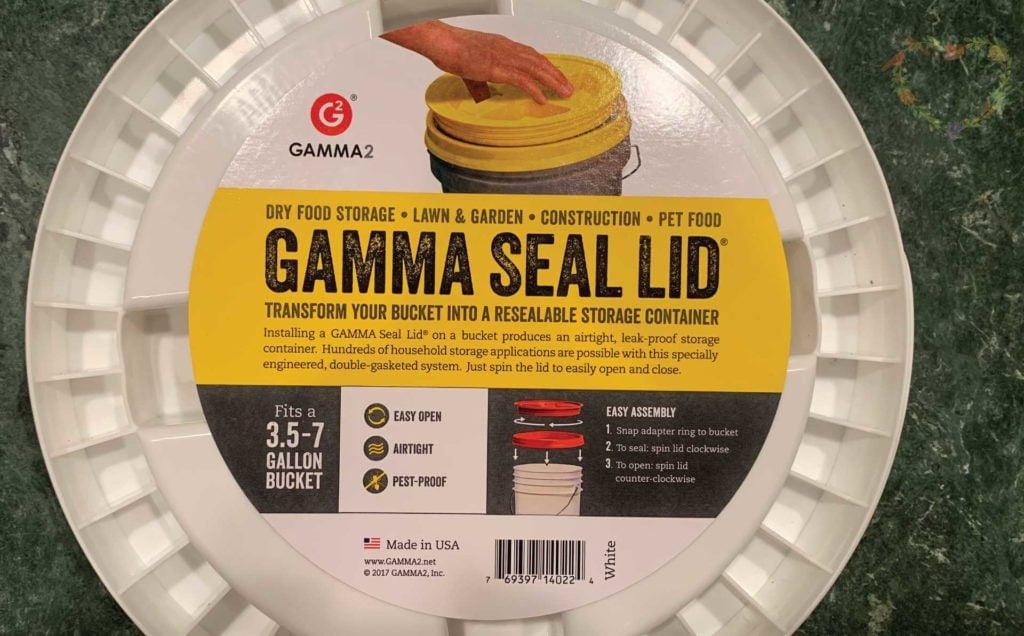
Be sure to watch my video, where I discuss the whole array of long-term food storage containers in addition to the popular 5-gallon buckets. I also show you the importance of using gamma lids and the proper (and easiest) way to install them on your buckets.
Avoid Storing Flour for the Long Term
You want to avoid the long-term storage of whole grains that have been ground into flour. Ground whole grain flour does not have a long shelf life because the bran and germ contain oils that can go rancid quickly.
Generally, the shelf life of even the best-stored whole grain flours will be six months to maybe one year. So your best bet for extending the life of your whole grains is to store them whole rather than ground into flour.
Grind Your Own Flour
If you store whole grains, you can create your own flour using a grain mill. In my previous Mockmill unboxing video, I show you how to grind your own flour with the product that I purchased. If you decide to shop for your own Mockmill, be sure to use my affiliate link for an extra 5% discount.
What If You Are Storing Food for 1 or 2?
If you are stocking your Prepper Pantry, but you are only planning to feed one or two people, does it make sense to use large food storage containers? If so, what is the best way to store your food for the long term using large containers?
We have a small family, so I prefer not to dump all of a particular dry good into a large bucket. Why? Because every time I open the bucket for the small portion that I need, I expose the dry goods to air, which only shortens their shelf life.
Instead, I like to store my dry goods that have 10% or less moisture in sealed 1-gallon mylar bags with an oxygen absorber. I can place multiple sealed mylar bags into my large bucket. I could store my mylar bags directly into my Prepper Pantry, but I like the extra protection that the bucket offers.
Protection? Yes, protection from rodents. No food storage container is 100% rodent-proof, but you want to do your best to protect your food whenever you store large amounts of it. And a few layers of protection are your best bet.
Store Foods with 10% or Less of Moisture
When storing dry goods in a food storage container with an oxygen absorber, I stress that I only store foods with a moisture content of 10% or less. That is very dry food!
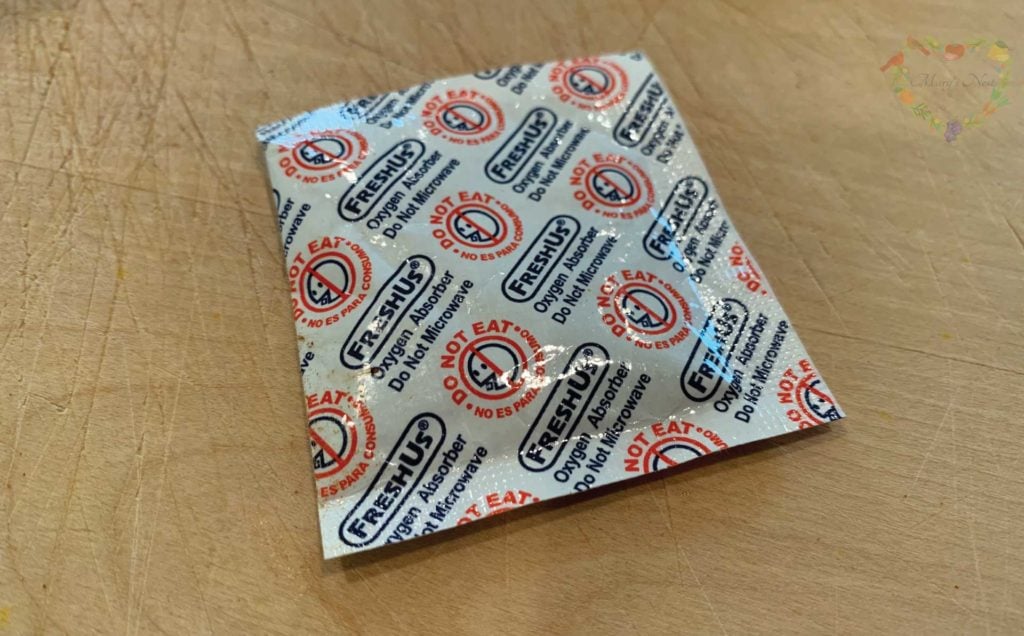
As I explain in my Oxygen Absorber versus Silica Gel Packet video, the only type of foods that you can store with an Oxygen Absorber must have a moisture content of 10% or less. Otherwise, you risk creating an environment ripe for the development of botulism poisoning.
For more information about what foods CANNOT be stored using an Oxygen Absorber in food storage containers, be sure to review the long-term food storage guidance from Latter Day Saints.
Keeping Bugs Out of Your Prepper Pantry
When it comes to discouraging bugs from destroying your food, you have a number of options to deal with those pesky critters. One option is to freeze your dry goods for 14 days to kill any bug eggs that might be present. Freezing potentially kills all those eggs so that they never hatch.
But what if you don’t have all that freezer space? I don’t have that type of space, so I turn to other options for help. Personally, I like to add bay leaves to my food storage containers whenever I store dried goods loosely in plain plastic bags, glass jars, or other food storage containers.
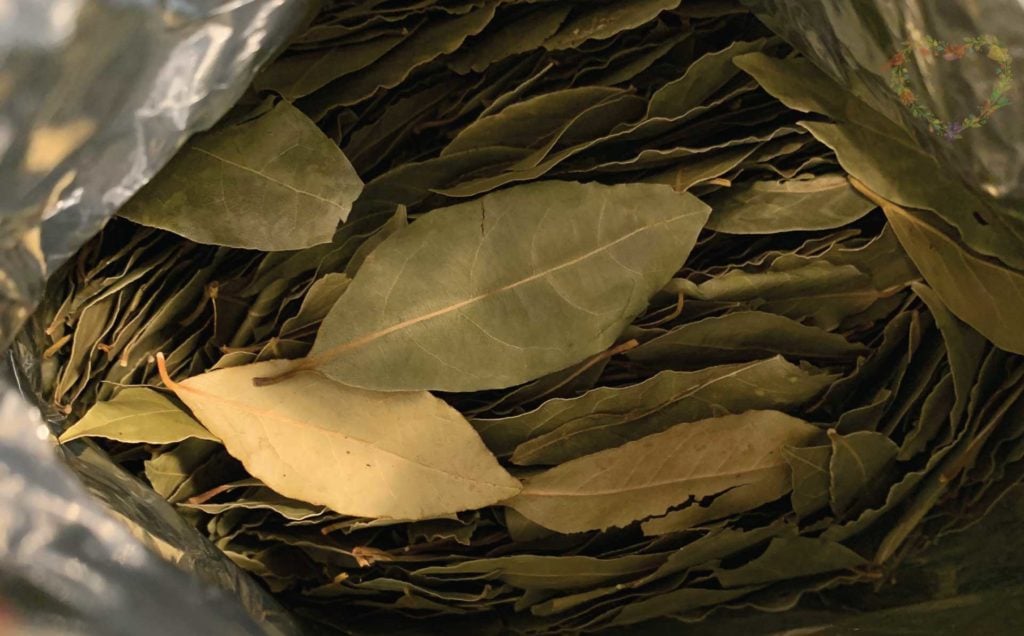
I generally don’t use bay leaves when storing food in a mylar bag with an Oxygen Absorber because it is unlikely that bugs will be able to get into that type of tightly-sealed bag.
If you use food storage containers to store something like all-purpose flour, you should tuck a few bay leaves into the flour to prevent bugs coming into the flour. Note that the bay leaves won’t kill any bugs, but it will discourage them.
More Food Storage Supplies
This blog post covered just a few of the food storage supplies that you can use in your Prepper Pantry. To learn about all the supplies that you can use, watch my food storage video. I talk about the benefits of using glass containers and why I prefer not to use Diatomaceous Earth with my foodstuffs.
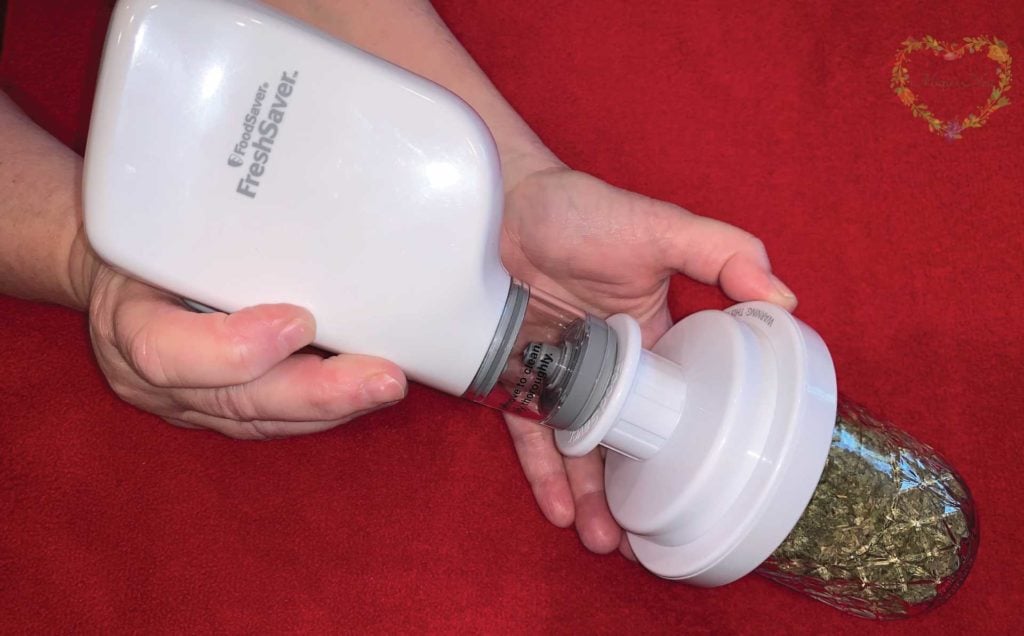
I also show you how to use the handheld Foodsaver device to store dry goods in my canning jars in the video.
Food Storage Resources
For more details on how to store food long-term, visit the following resources:
- Long-term food storage (Latter Day Saints)
- Preserve the Harvest (Utah State University Extension Service)
- A Guide to Food Storage for Emergencies downloadable booklet (Utah State University)
- Silica Gel Packs (Silicon dioxide) (Food and Drug Administration)
- How Long Can You Save It? (FoodSaver Blog)
- Glass jars for canning, pickling, and preserving (Ball Canning Supplies)
Don’t Miss This Free Pantry List
Now that you know about the best supplies to store food long-term, be sure to download my free 36-page Pantry List. This comprehensive eBook contains detailed lists of foods that you can store in all areas of your Four Corners Pantry, including your Extended or Prepper Pantry.
Prepper Pantry Video Guides
Not sure how to start building your Prepper Pantry? These videos will guide you through the process. You can learn about why storing for the long-term will help you and your family in case of emergencies. I’ll also show you a simple process that enables you can build up the supplies in your Extended or Prepper Pantry little by little and within your budget with each trip to your grocery store.
Stay in Touch with Mary’s Nest
- Subscribe to My YouTube Channel for Traditional Foods Videos (Free) - When you subscribe, be sure to click on the notification bell that will let you know each time I upload a new video.
- Subscribe to Mary’s Traditional Foods Newsletter (Free) - Get a free 36-page eBook for signing up: How to Stock Your Essential Traditional Foods Four-Corners Pantry.
- Join the Traditional Foods Kitchen Academy - For more detailed videos and exclusive members-only perks, join my YouTube membership community.
- Order The Modern Pioneer Cookbook - Get a hardcover book of Mary's nourishing recipes from a Traditional Foods Kitchen. This bestselling cookbook is published by Penguin Random House with their DK imprint.
- Preorder The Modern Pioneer Pantry - Be one of the first to get Mary's hardcover book about preserving food and making delicious meals from your Four Corners Pantry. Mary's second cookbook is also published by Penguin Random House.
I look forward to having you join me in my Texas Hill Country Kitchen!
Shop for Items Mentioned in This Blog Post
Favorite Food Storage Supplies
- Silica Gel Packs (5 g) (10 g)
- 5 Gallon Buckets with Lid
- Bucket Lid Opener Tool
- Gamma Lids
- 5 Gallon Mylar Bags
- 1 Gallon Mylar Bags
- Zipper Mylar Bags
- Half Gallon Canning Jars
- Leak Proof/Air Tight Jar Lids
- Handheld FoodSaver with Docking Port
- Handheld FoodSaver
- FoodSaver Jar Adapter Kit
- FoodSaver Vacuum Sealer
- Bay Leaves
- Terracotta Brown Sugar Savers
Amazon Shop and Shopping Guide
- Visit Mary’s Nest Amazon Shop
- Visit my Shopping Guide page
Get up to 15% off for stocking your Traditional Foods Pantry and equipping your Modern Pioneer Kitchen, including discounts from US Wellness Meats, Farmhouse Teas, Lehman's, Masontops, Cultures for Health, Survival Garden Seeds, Redmond Real Salt, Plan to Eat, and More!
Recommended Reading
Affiliates note: As an Amazon Associate I earn from qualifying purchases. My content may contain affiliate links to products and services. If you click through and make a purchase, I’ll receive a small commission. It does not affect the price you pay.
Disclaimer:I am not a medical doctor, a medical professional, a dietician, or a nutritionist. All content found on the MarysNest.com website, including text, images, videos, eBooks or eGuides, social media, or other formats, were created solely for informational purposes only. The content is not intended to be a substitute for professional medical advice, diagnosis, or treatment. Always seek the advice of your physician or other qualified healthcare provider with any questions you may have regarding a medical condition or proper nutritional advice. Never disregard professional medical advice or delay in seeking it because of something you have watched in a video or read on this website. Use caution when following the recipe in this video. The creator and publisher of this video and website will not be held responsible for any adverse effects that may arise from the use of this recipe and method or any other recipe and method on this website or corresponding video channel.

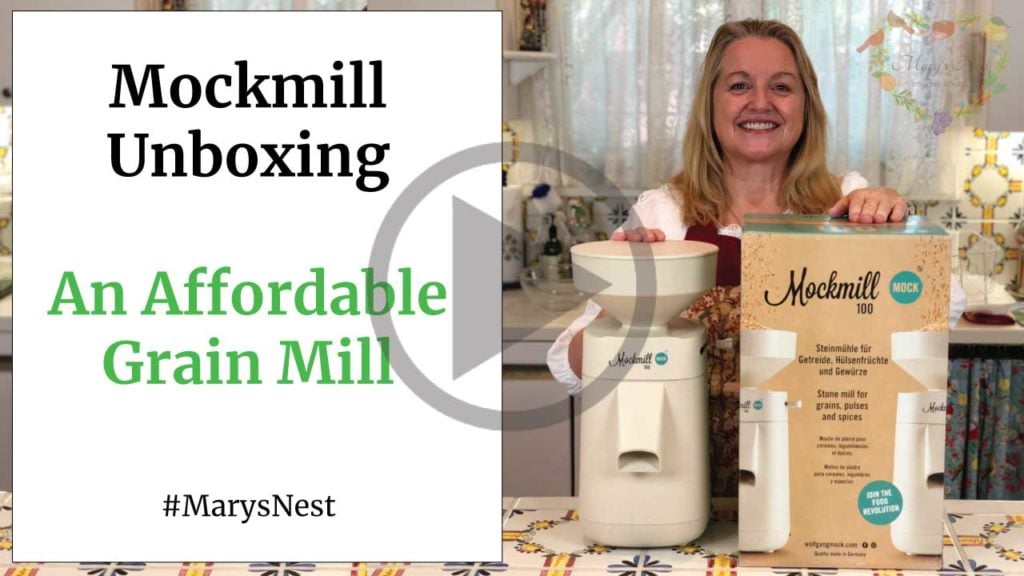

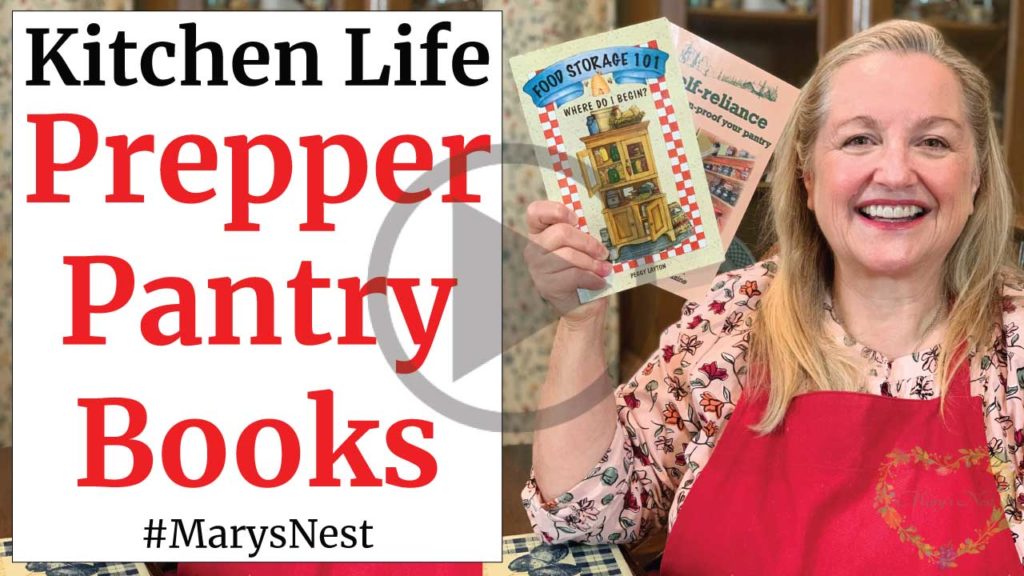
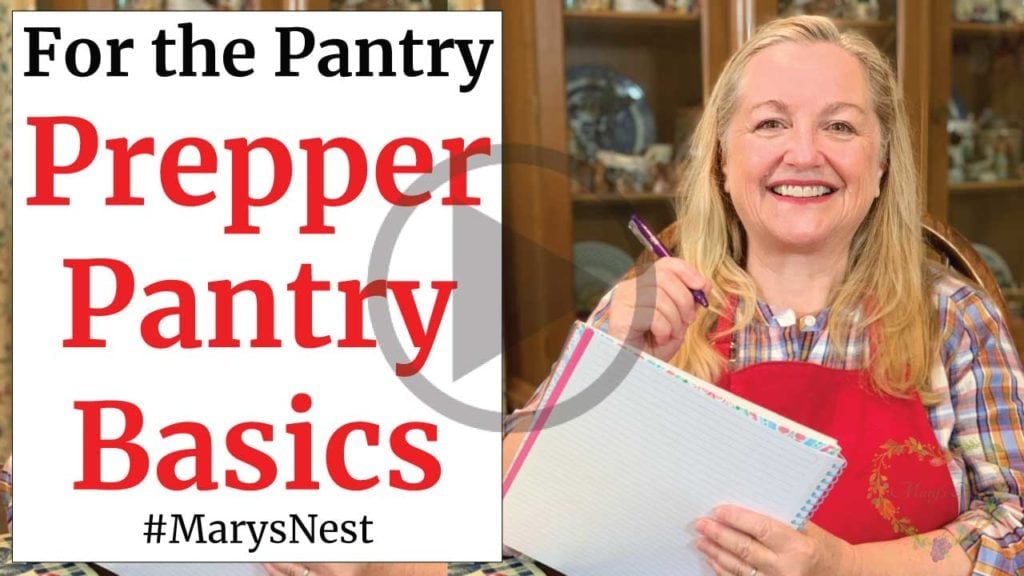
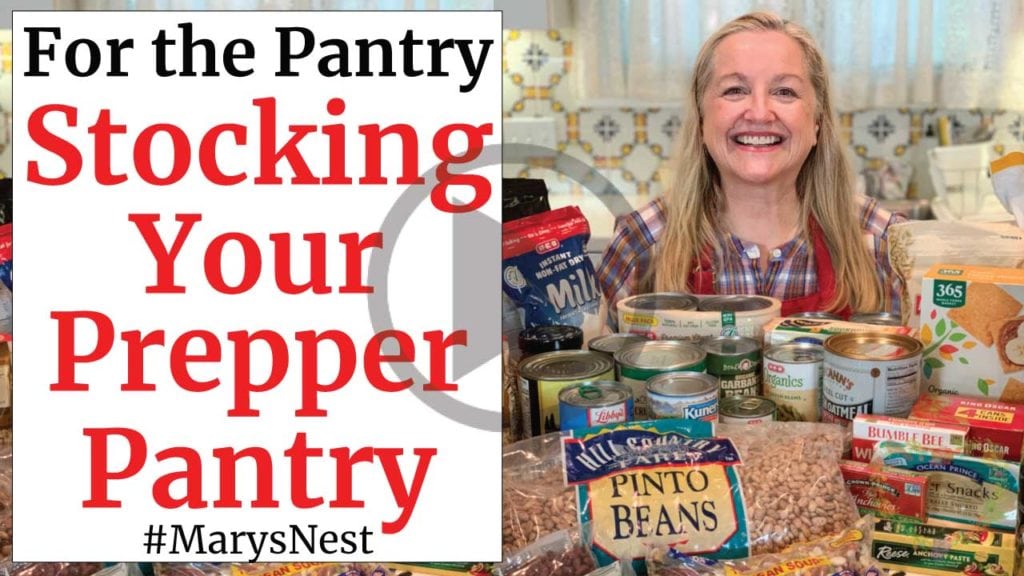





I love all your videos and your vast knowledge on all things cooking, gardening and general living. You should write a book that includes everything you do videos on from cooking, gardening, medicinal and survival. I would totally buy a book you’ve written!
Hi Joanne,
Thanks for all of your kind and generous words. Yes. That’s a great idea! I appreciate your encouragement. 🙂
Love and God bless,
Mary
Mary I used a 100cc oxygen absorber in a half pint jelly jar as well as a 3oocc absorber in a half pint jar. After a few days neither lid was sucked down. I was told that if the absorbers worked properly the Center of the lid where the tiny dot is would not pop up and down when pressed on. Both lids still popped up and down. Does that mean the absorbers are all bad. I just bought them. I used them right away, did not leave them exposed to air. Thankyou
Hi Michele,
Thanks for your note. It sounds like your oxygen absorbers are bad. However, using oxygen absorbers in canning jars (jelly jars) is probably not the best way to make use of them. Oxygen absorbers are best used when storing very dry foods (10% moisture or less) in mylar bags.
My concern with using oxygen absorbers in canning jars is that they can be unpredictable, and this unpredictability can be worrisome in that you don’t want to create an environment that would be hospitable to botulism.
Using the links in my storage blog post, I highly recommend that you contact Utah State University, who are experts in answering food storage questions.
I hope this helps. Thanks again for your comment.
Love and God bless
Mary
When freezing bags of rice for 14 days. Do you put the rice in pails immediately or do you let come to room temperature first? Will there be any moisture in the bag from freezing? And if you let come to room temperature, how long about does that take?
Hi Susan,
Although a lot of people freeze their grain before storing it, I am not a fan of doing this. The reason is, you have to make sure it’s 100% dry before storing it in a bucket or mylar bag. This will require spreading out the grain on baking sheets or a countertop lined with parchment paper or other clean cloth.
But to answer your question, after freezing the grain, it must come to room temperature and be completely dry before storing.
And as to how long all of this will take will depend on the conditions in your home and the climate that you live in. If you live in a very dry climate, such as in Arizona, I would imagine it will take a few days to dry out. If you live in a very damp climate, such as the Pacific Northwest, I would imagine it would take at least a week. And you would want to make sure your home is not damp, possibly using a dehumidifier in your kitchen.
I hope this information helps. I highly recommend that you contact the resources in my storage blog post that will refer you to Utah State University, as they are experts in food storage.
Love and God bless,
Mary